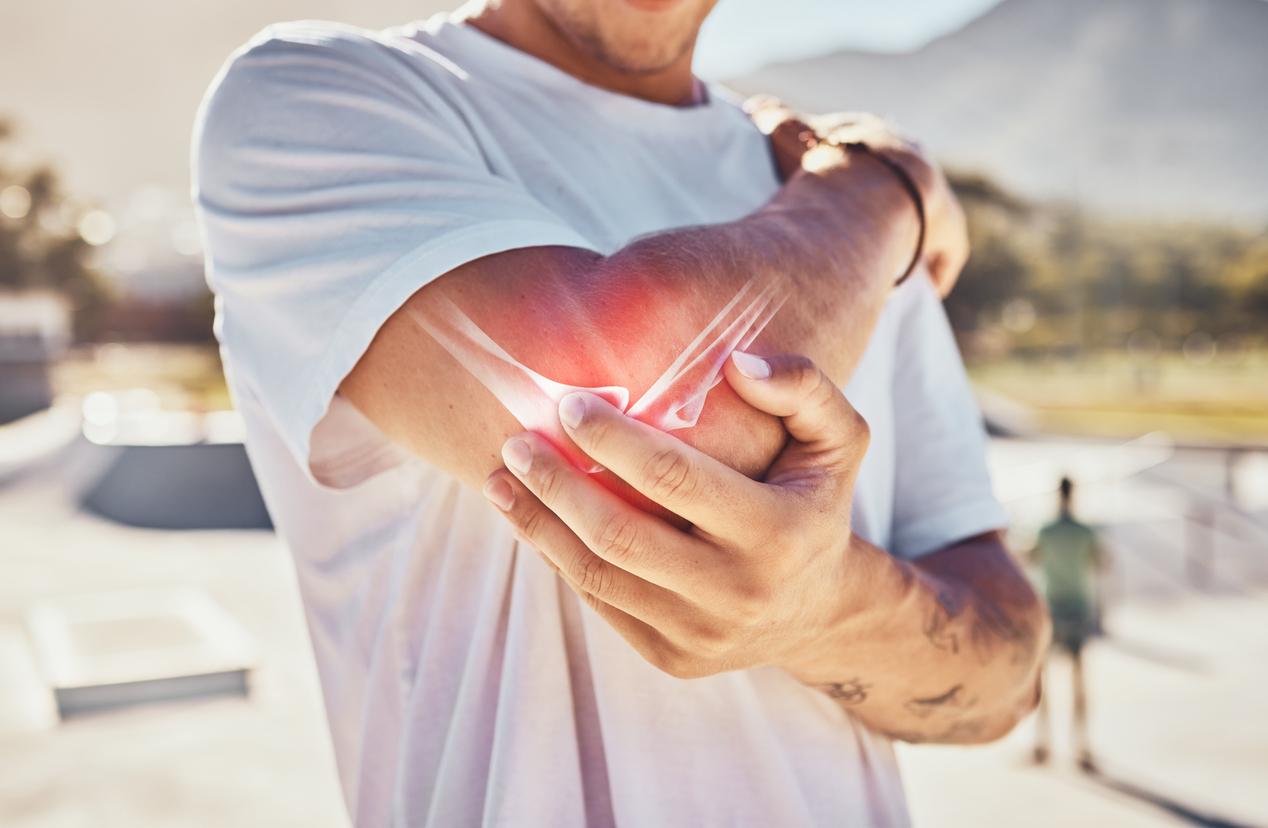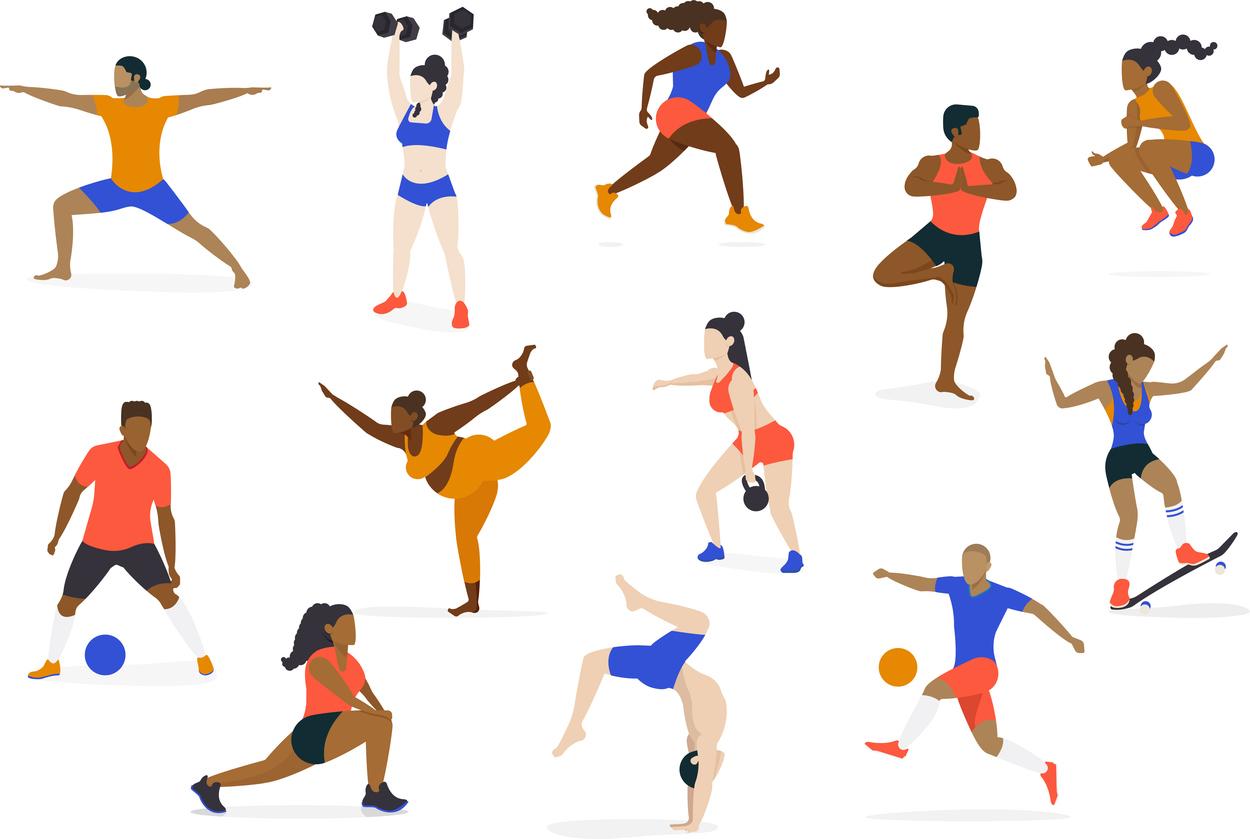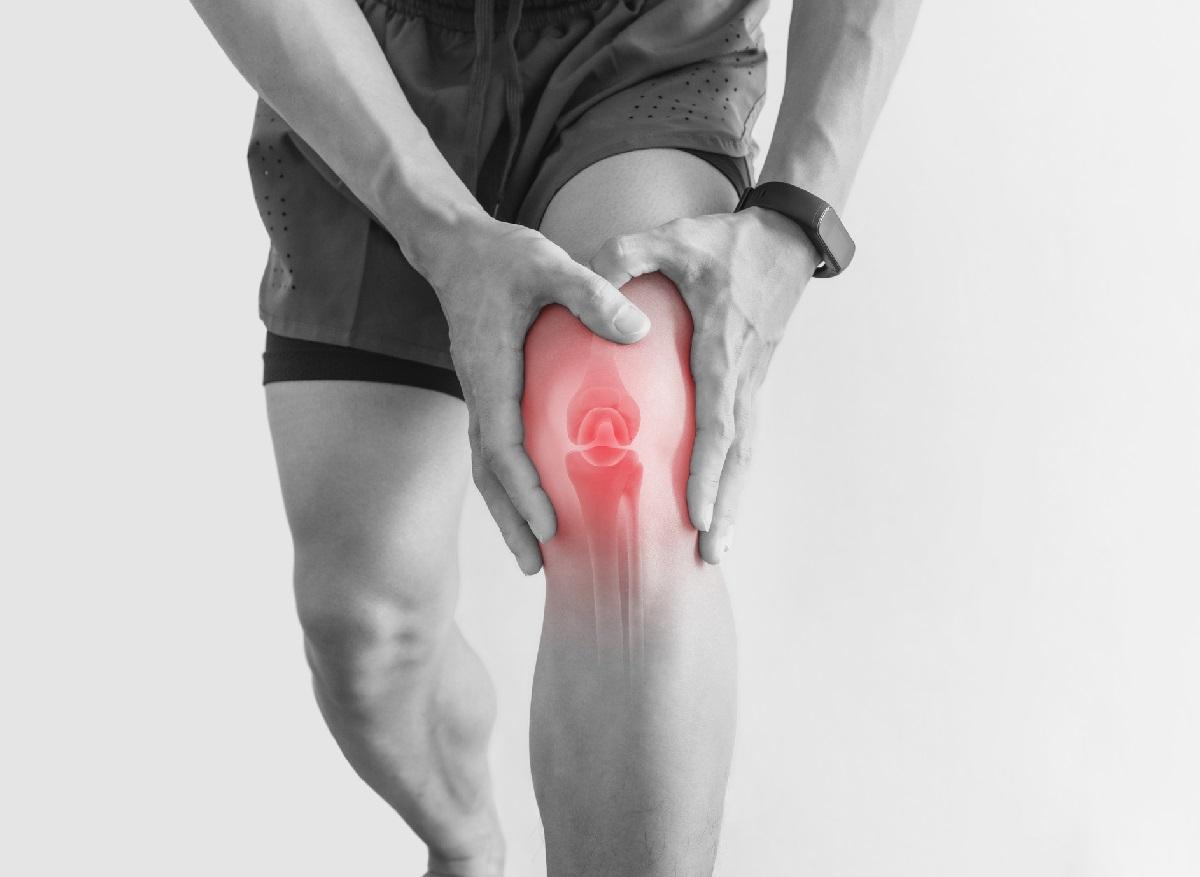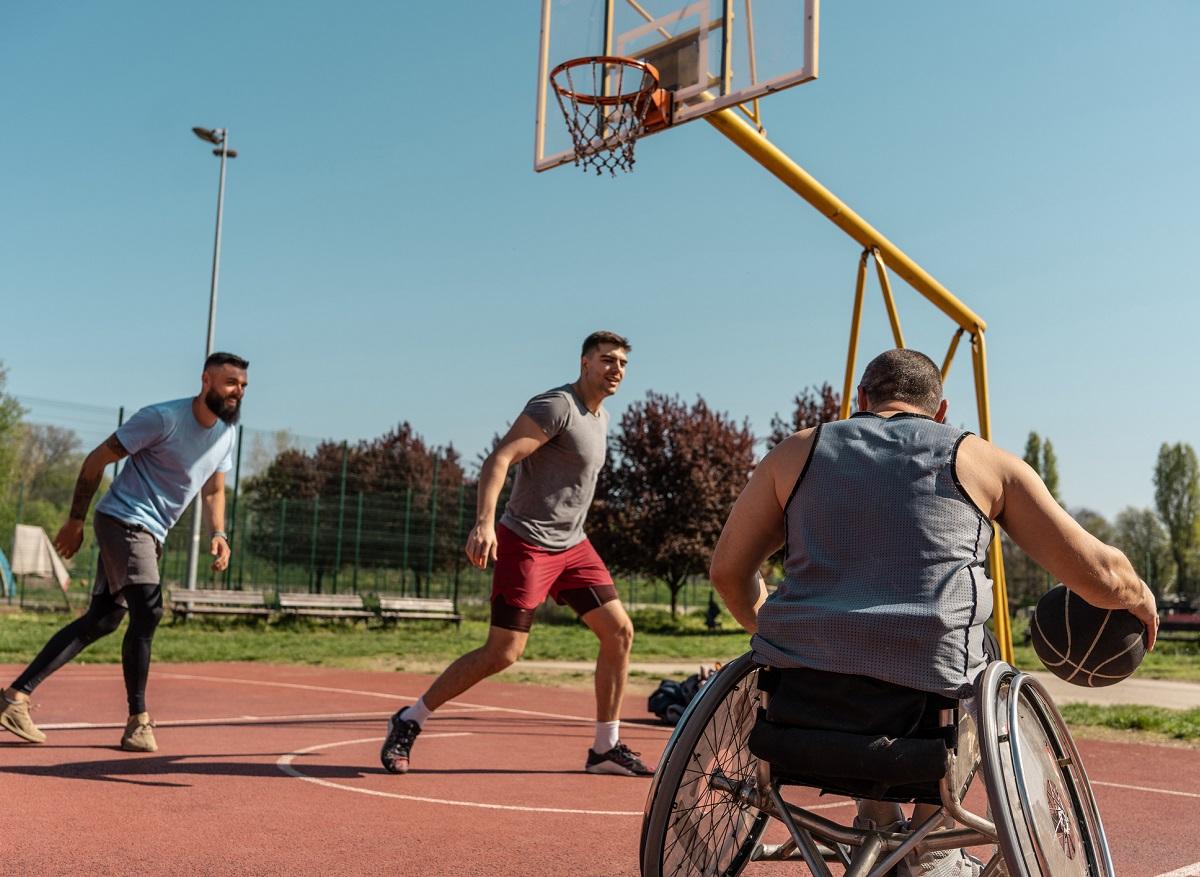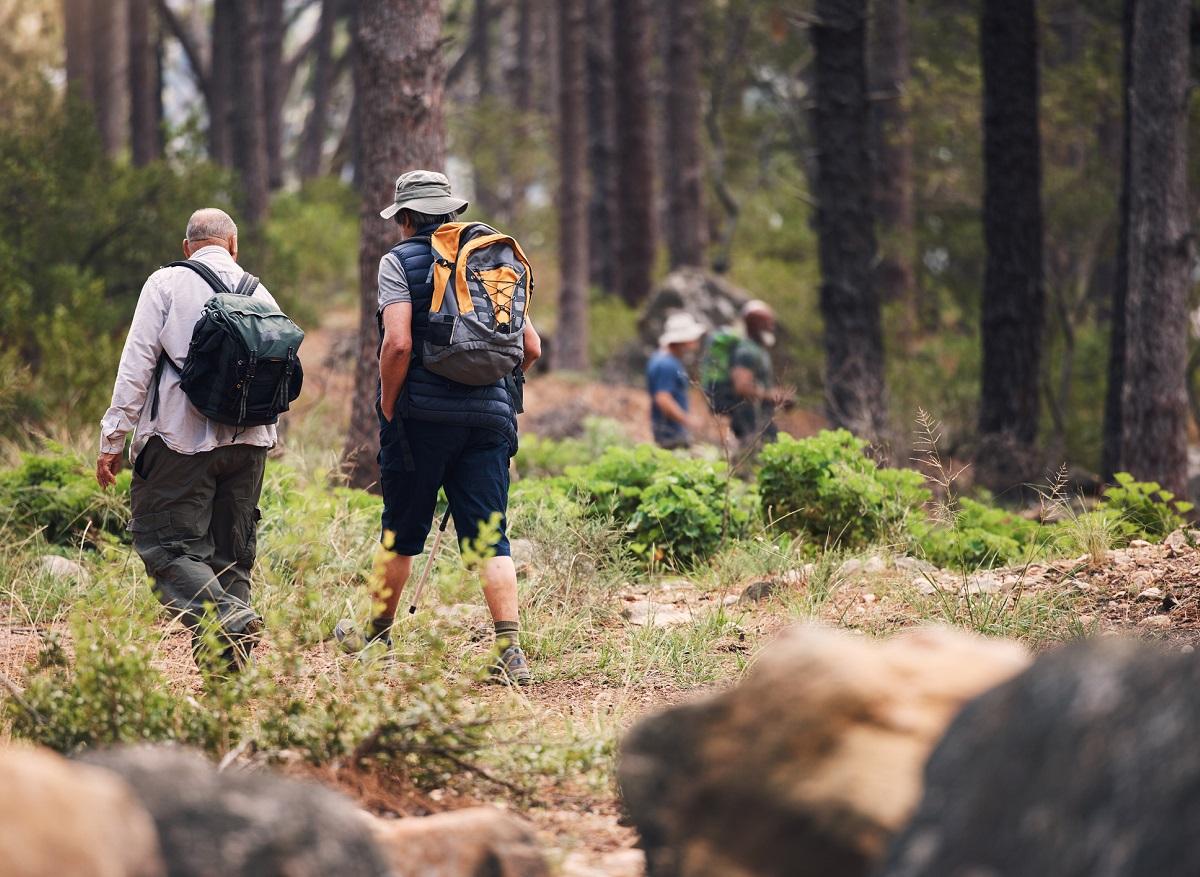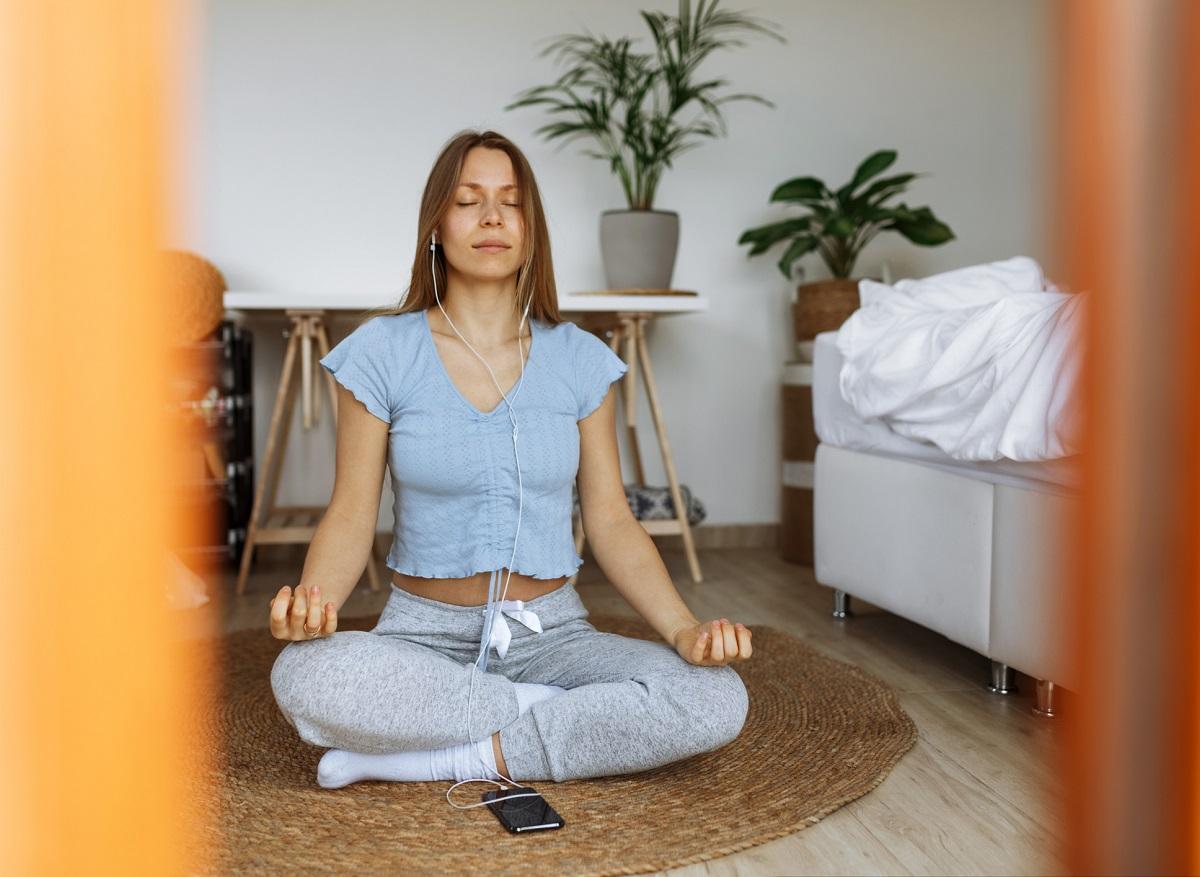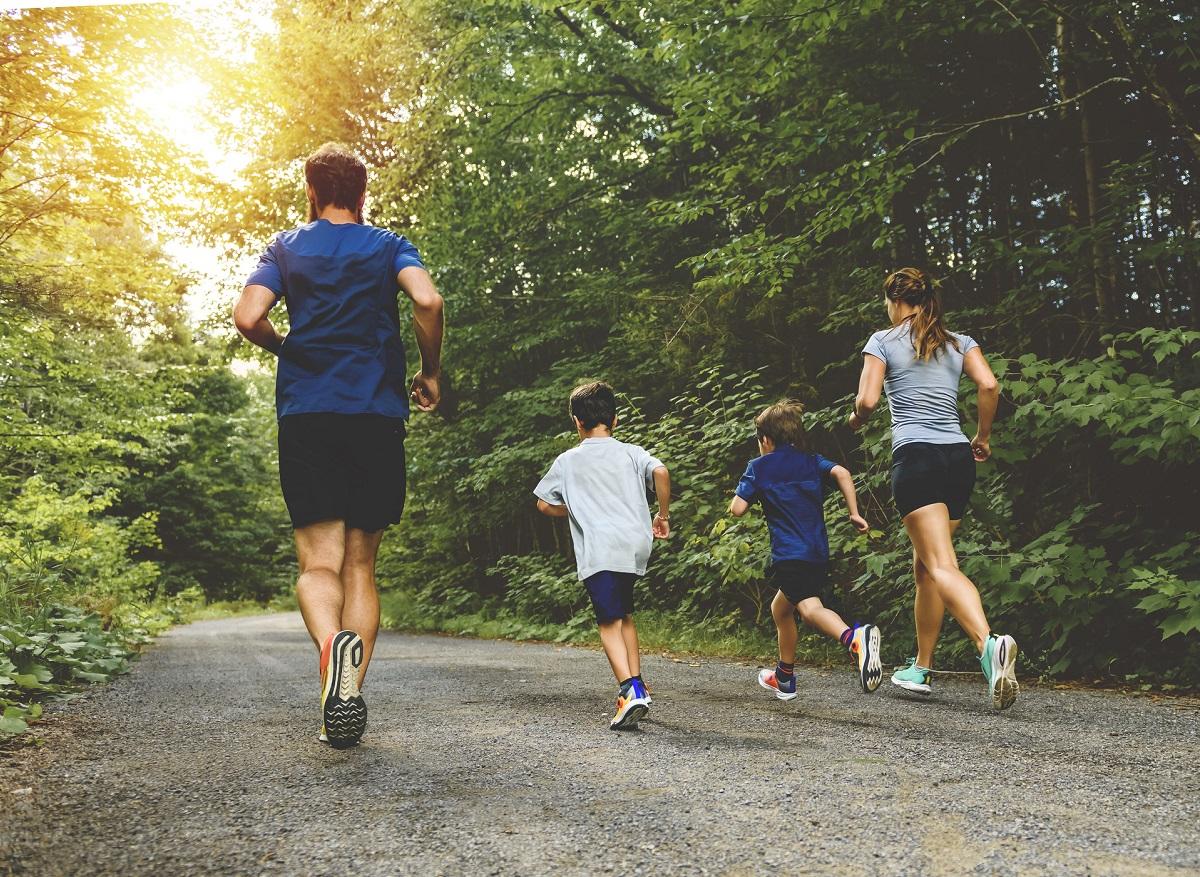Walking in the open air with poles that allow you to project yourself forward more quickly is the principle of Nordic walking. According to the sports coach of the Thermes Adour Group, Sylvain Plantard, this complete sport is ideal for osteoarthritis patients.
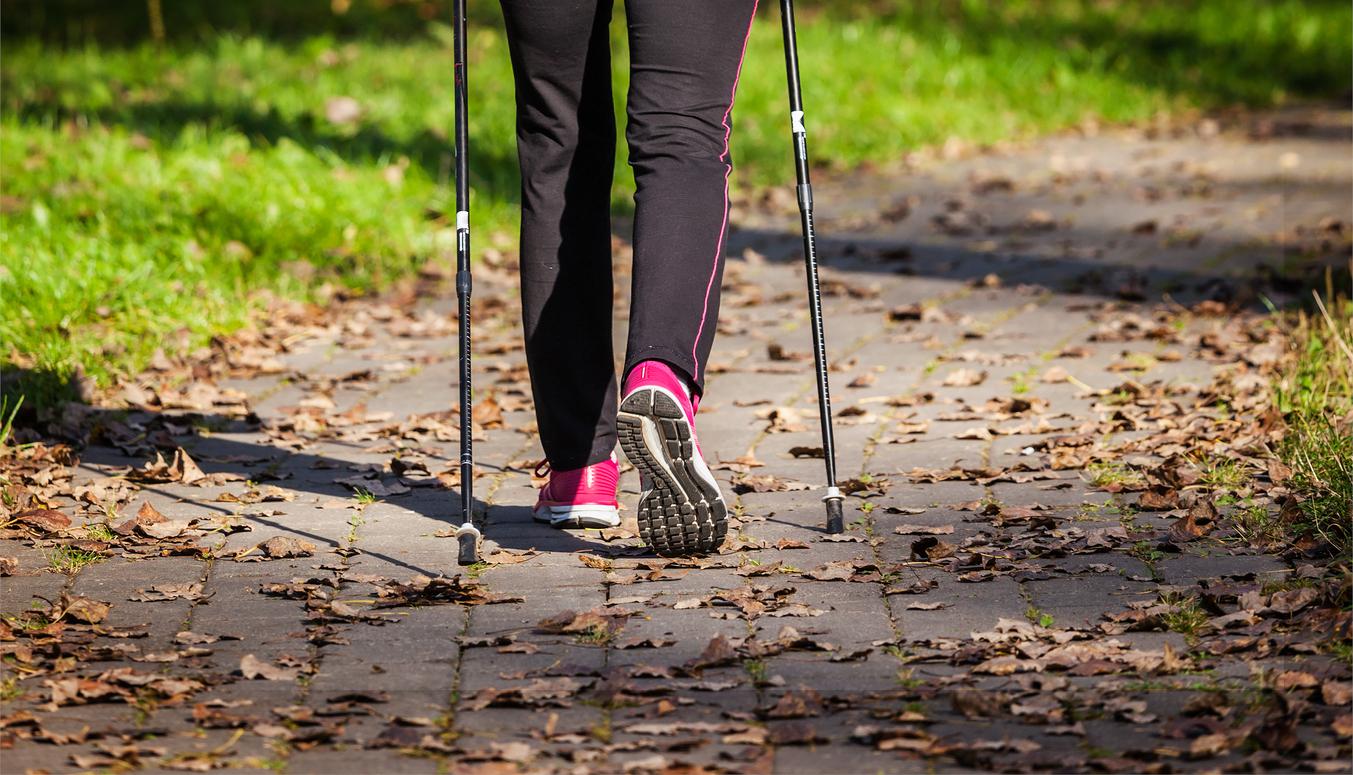
- Nordic walking, which involves walking at a rapid pace with poles, “works 80% of the muscles” in the body.
- More intense than hiking and less traumatic for the joints than running, this activity is recommended in cases of osteoarthritis.
- This sport, which stimulates the secretion of endorphins, is also recommended for people suffering from osteoporosis and cardiovascular problems.
It’s a kind of cross-country skiing, but without skis. Nordic walking appeared in the 1960s in Scandinavian countries. “At that time there was not enough snow, but top skiers in Finland continued to train with poles. Athletes quickly realized the interesting effects of this exercise on aerobics and muscles. Then, this sport became democratized in Germany in the 1980s and in France in 2000”, indicates the sports coach of the Thermes Adour Group, Sylvain Plantard.
Nordic walking “works 80% of the body’s muscles” and restores breath
Concretely, what does Nordic walking consist of? During this physical activity, practiced outdoors, the idea is to walk at a rapid pace with poles. Unlike hiking, these are not placed vertically in front of the body but are oriented with their tips towards the back. When using sticks for impulses, the body is propelled forward and movement is faster. “This sport works 80% of the body’s muscles: the arms, thighs, latissimus dorsi, abdominals, buttocks”, explains the professional. In addition, this activity gives you breath. “It is practiced for a long time. We need endurance and oxygen to recreate energy. So, we must breathe correctly and have a good respiratory range.”
Osteoarthritis: “planting sticks on the ground generates vibrations essential for the regeneration of the upper body”
Practiced in winter as in summer and on all types of surfaces, Nordic walking appeals to many elderly people. However, it is aimed at everyone, regardless of age and physical condition. “This sport is recommended in cases of osteoarthritis, particularly of the hands. By constantly opening and releasing the stick at the level of the right hand then the left hand, we make the fingers move. In addition, the act of planting sticks on the ground generate vibrations essential for the regeneration of the upper body without damaging the joints. But be careful, you should not practice this activity in the event of an osteoarthritis attack.”specifies Sylvain Plantard.
This activity “causes relaxation” and allows you to “create a social bond”
According to the sports coach, Nordic walking is also particularly interesting for adults suffering from osteoporosis and cardiovascular problems. “However, we must pay attention to the intensity of the walk. A good benchmark: our ability to discuss. If we cannot speak and do not breathe well, this may indicate a limit. “ Other benefits of this sport: it improves venous return and has a positive impact on cognitive health. “Being in the great outdoors is good for morale and stimulates the secretion of endorphins, which cause relaxation. In addition, this activity can be done with several people, which allows practitioners to create a social bond!”










